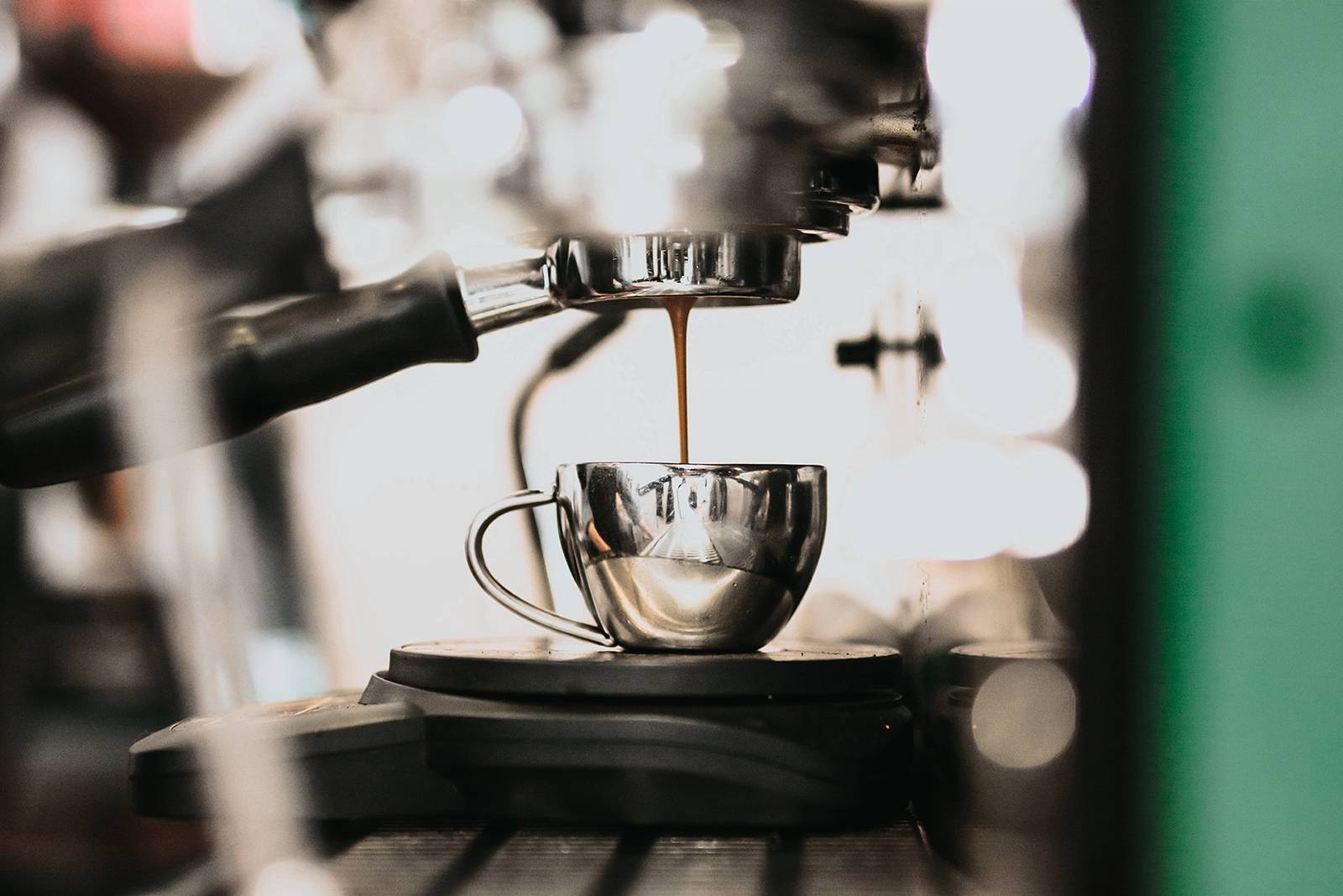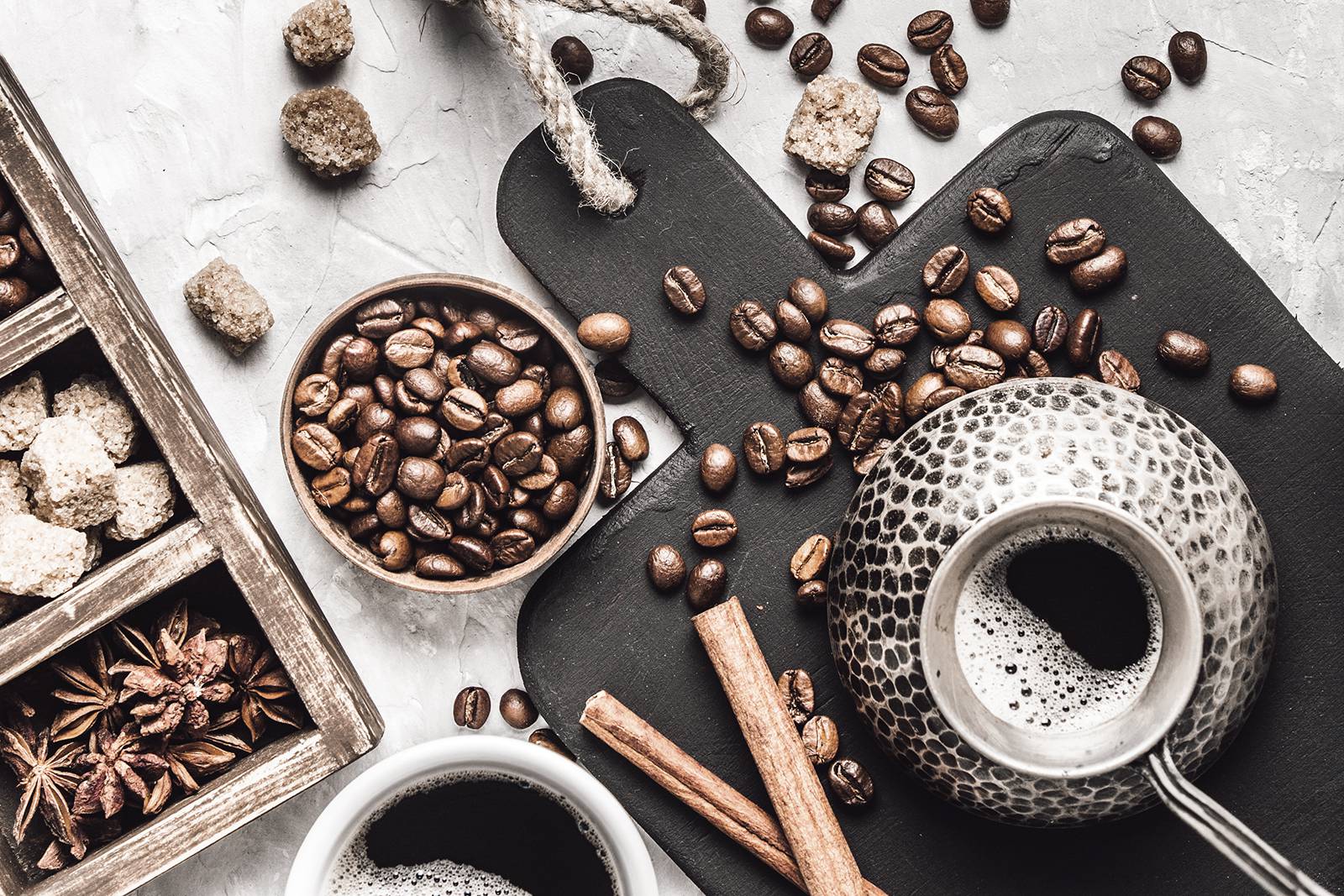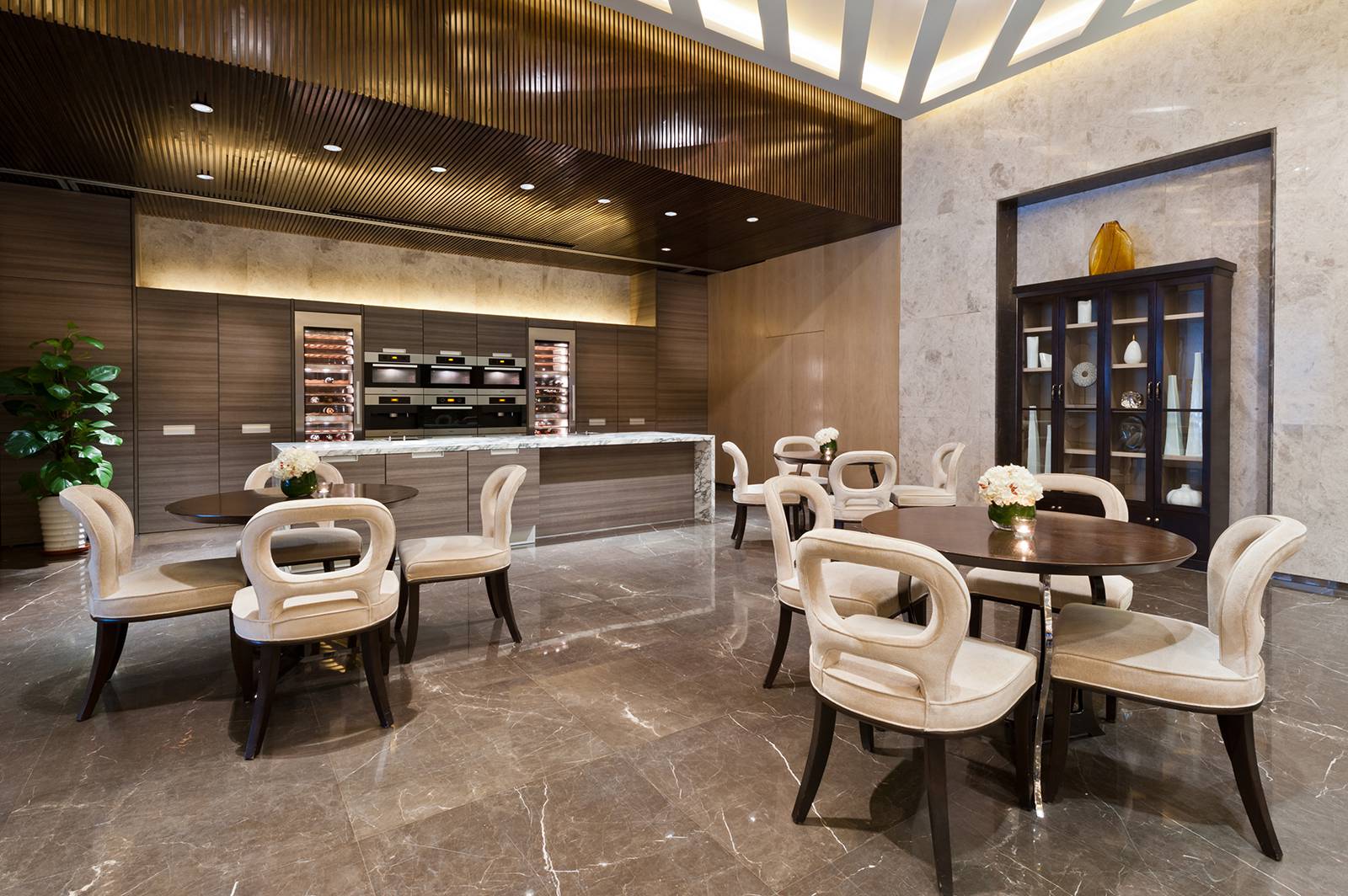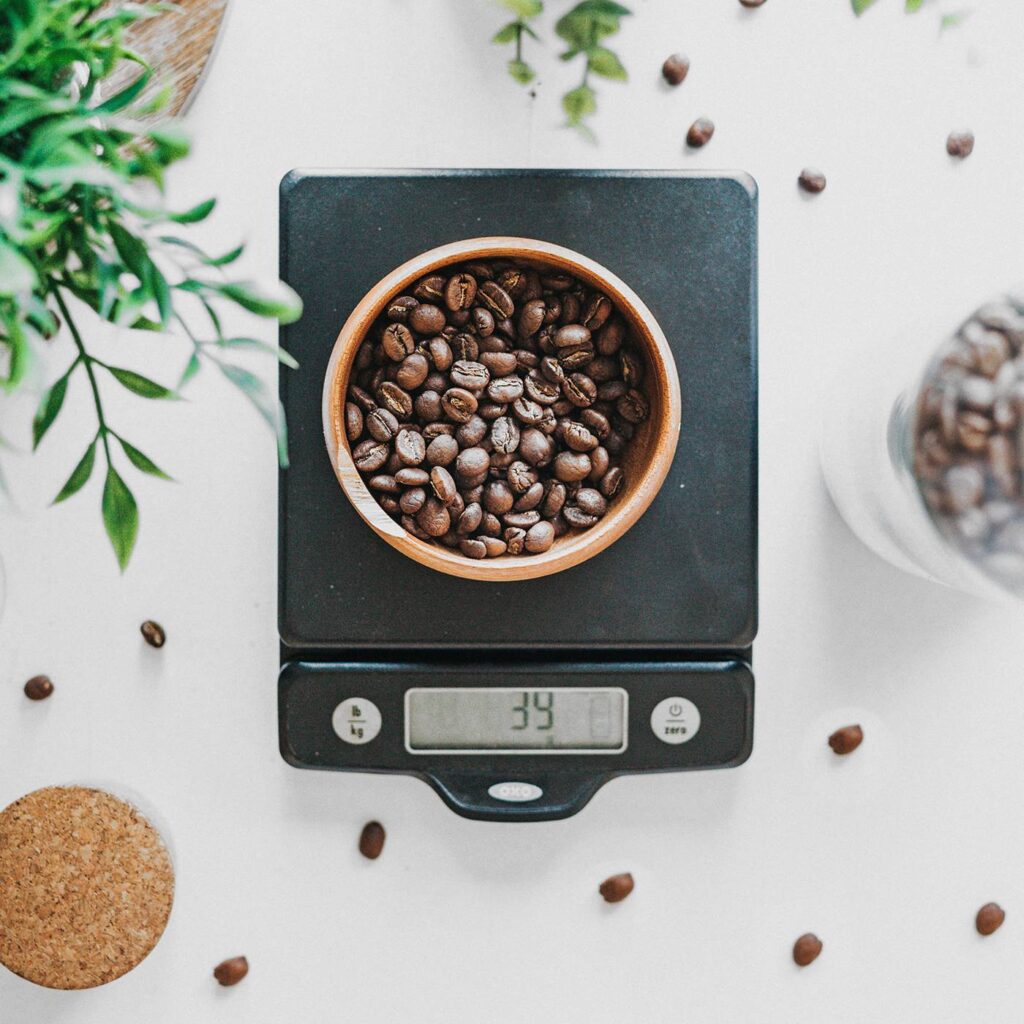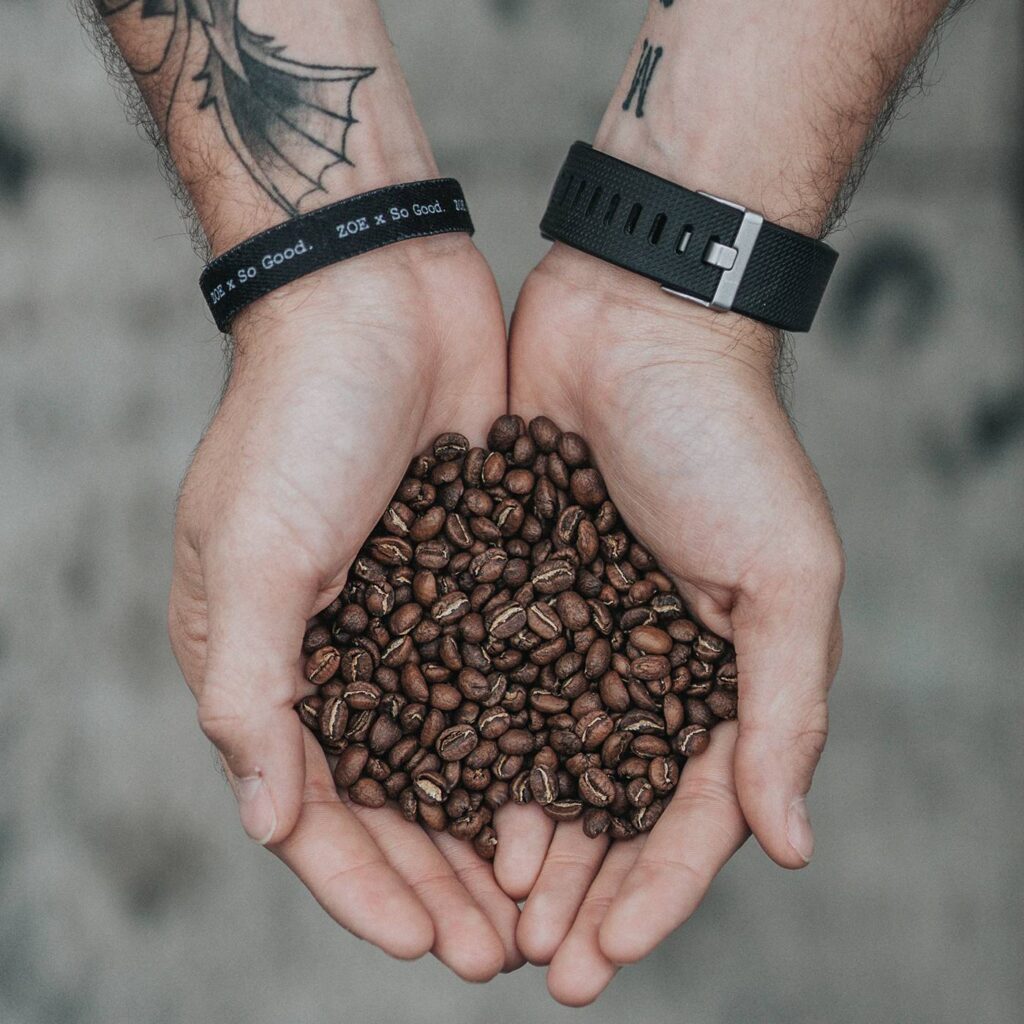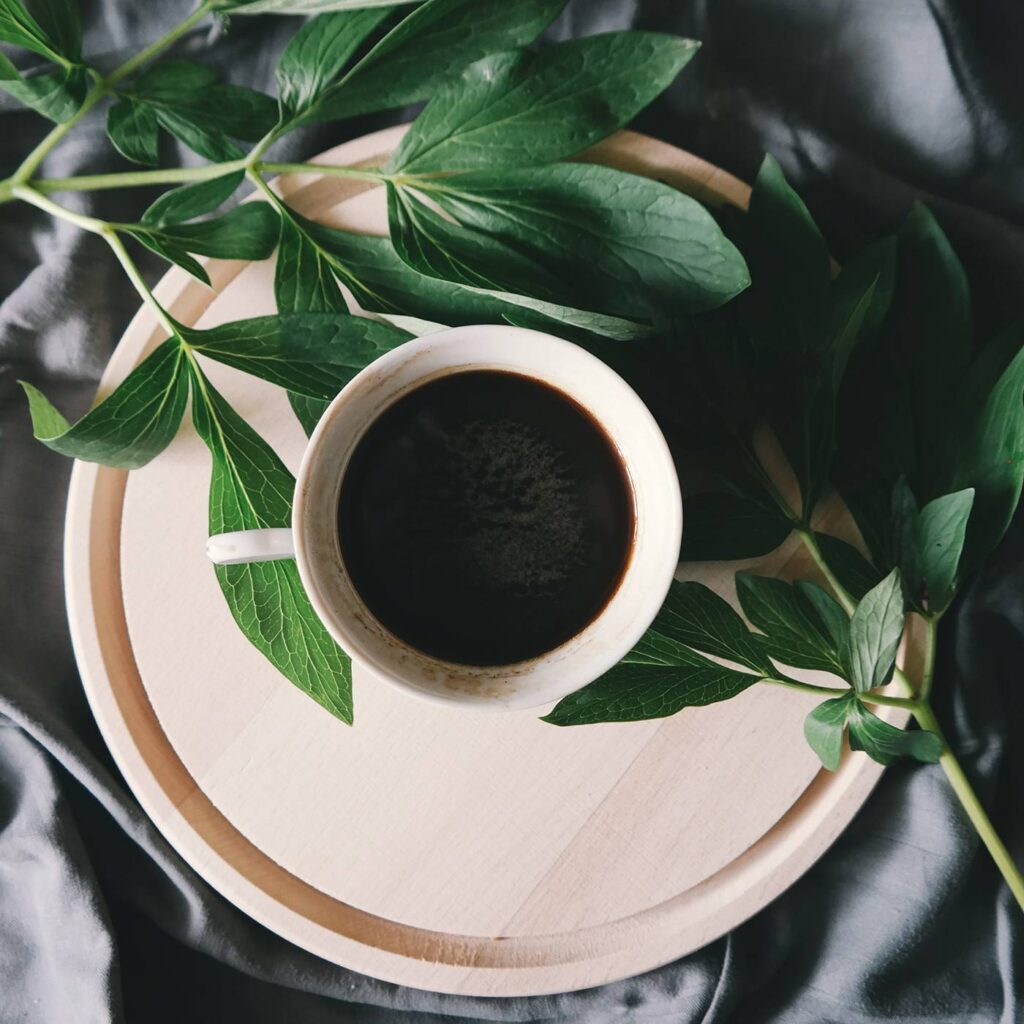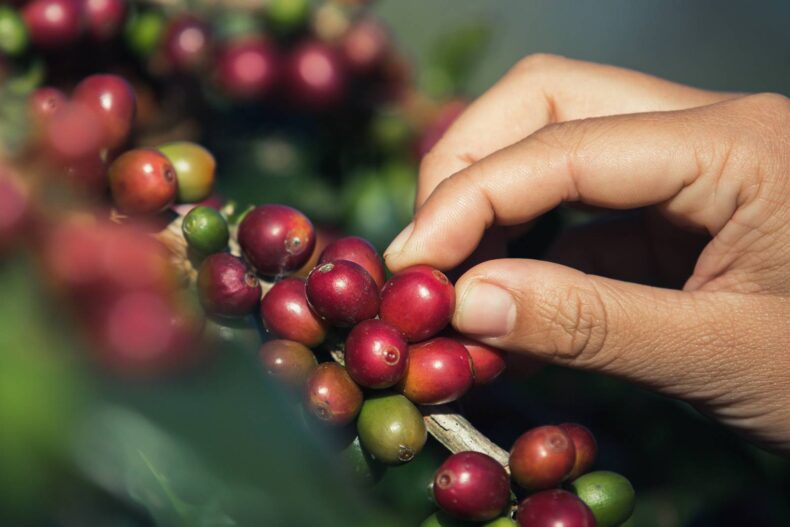BREWING METHODS
Entering the coffee world, it quickly shows that there are hundreds and hundreds of ways to brew coffee – many only vary a tiny bit. It can be confusing, and many have different opinions on how every single method is performed correctly. Fear not, we are here to help! Here, we present our way of doing the most popular brewing methods, which you can expect when you come in and order specific coffee drinks in one of our coffee shops.
ESPRESSO
We use a double shot for our espresso machine with 18-19g of finely ground
coffee. After tamping and insertion of the portafilter, the machine should run for about 27-30 seconds, assuring that the coffee grind is not over-or under-extracted. Remember, tampering down the grind is very important, as it provides an even surface for the water to penetrate it through, releasing all the fruity nuances and aromas.
For the first 3 seconds, nothing should come out. After, the coffee should come out with a chocolaty consistency dripping thick, dark chocolaty drops, which slowly lightens and softens up and is topped with crema. If it’s too watery or thick or takes a longer/shorter time to finish, you need to adjust either your grinder, espresso machine, or both.
FRENCH PRESS
For 1 person we use 25g coffee and 260g water, while for 2 we use 40g coffee and 500ml water.
To be able to enjoy various flavors of coffee, we suggest preferably using medium roast coffee beans for your French Press brew. The coffee should have a coarse grind to have a much clearer, brighter flavor.
Pour the water over and let it bloom. Stir and let it sit for 4 minutes. Stir again and remove the crema. Slightly press the filter down, so it’s only 2 cm under the coffee, and serve!
If the coffee is ground too fine, the water extracts too much from the coffee, leaving the brew somewhat bitter. Furthermore, if the filter is pressed all the way down as the first thing, the coffee will nok have enough contact with the water, getting a rather thin coffee.
FILTER DRIP
Drip coffee is more forgiving than other methods as far as precise measurements go. However, it is best to have a coarse grind resembling sea salt. When we make our filter coffee, we use 70g of ground coffee and 1200ml of water. The brew time should be around 4-6 min. If it takes much longer, it might be time to descale your machine.
It goes without saying that to remove any paper taste, the filter must be rinsed with hot water before starting brewing.
MOKA
The traditional Italian method of brewing coffee on a stovetop. It’s an easy and quick way of making espresso-style coffee without sophisticated equipment.
The coffee should be relatively fine ground – slightly finer than for drip coffee but not as fine as espresso. We like using around 24g of coffee for a 6-cup moka pot. Add approx. 345ml of water leaving the pot on a stove over medium heat. Simple as that.
CHEMEX
It is a manual pour-over style based on the infusion method. The filter is thicker than for filter drip and Hario V60. Hence, it removes most oils from the coffee and makes a much “cleaner” beverage. The bitterness is filtered out while the caffeine and flavors are well extracted. We use 30g medium-coarse ground coffee and 420ml of water. It should be poured with intervals, where the first is shorter, and less water is added to let it bloom. It should be finished in around 4 min and ready to serve! The intervals are:
0:00: + 60ml water -> 60ml
0:45: + 120ml water -> 180ml
1:45: + 120ml water -> 300ml
2:30: + 120ml water -> 420ml
HARIO V60
Hario is working on the same principles as Chemex. The main difference is the thickness of the filter, resulting in differences for the end cup. Hario extracts and traps all the delicious fruity/citrusy aromas and nuances, but the beverage at the end is a bit heavier bodied than the Chemex. We use 20g of slightly coarse ground coffee and 300ml of water. This is also poured in intervals, slightly different than the Chemex.
0:00: + 50ml -> 50ml
0:45: + 70ml -> 120ml
1:30: + 90ml -> 210ml
2:15: + 90ml -> 300ml
It should be finished around 3:30 and ready to serve!
AEROPRESS
This is a fun brewing device that lets you manually brew one cup of coffee at a time – cleaner than a french press but heavier than a filter pour-over.
The AeroPress opens up for creativity with the many ways you can use it. Inverted AeroPress method, AeroPress in the French Press Style, Espresso via Cold Extraction, AeroPress On Ice – you name it.
We usually use a 1:13 ratio between coffee and water. So for a nice cup of AeroPress, we would use approx. 17g of coffee and 220ml of water. It is best to have a slightly finer grind than sea salt.
So you’ve selected your chosen brewing method… What’s next?
We hope our small brewing methods guide helped you to figure out how to experiment with your coffee in the future! However, just picking the brewing method isn’t completely enough. You also need to consider other factors, such as, for example, the roast type of your coffee. For more information about whether you should use light, medium, or dark roasted beans, see our guide here!
I wake up some mornings and sit and have my coffee and look out at my beautiful garden, and I go, ’Remember how good this is. Because you can lose it.’
Jim Carrey
The coffee as a life style
Therefore, a caffeinated drink is best consumed before exercise. And many athletes do just that. Indeed, there is such a term as “coffee addiction”, they talk about it like about nicotine, but of course it brings much less harm. If coffee is regularly loaded before training, then during the period of refusal of caffeine, a significant decrease in motivation and endurance during training can be observed.
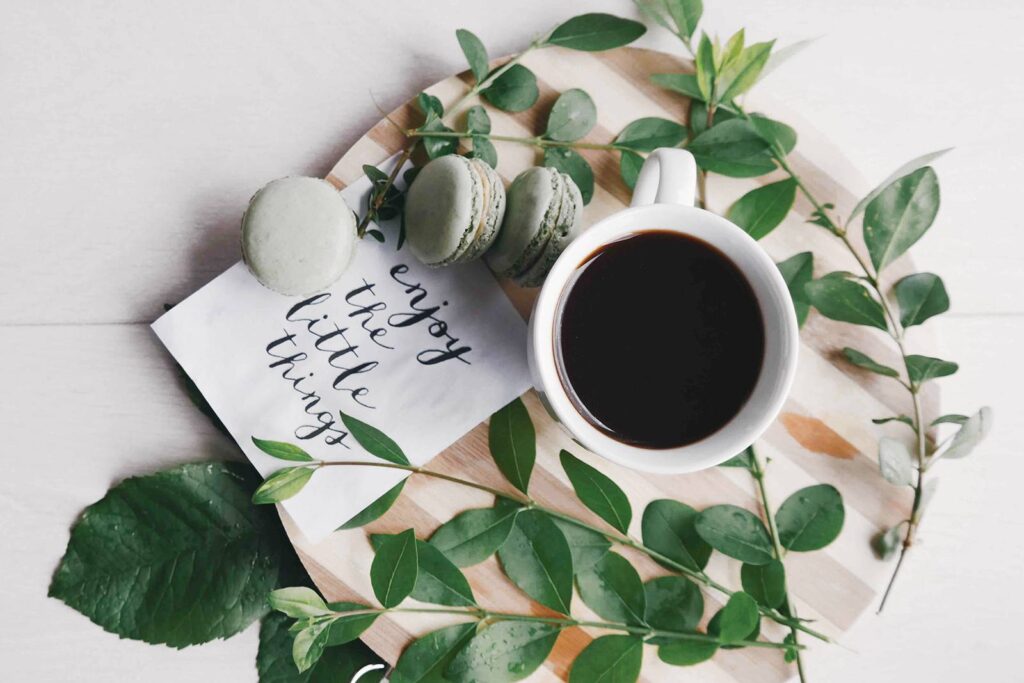
But there are also arguments in favor of drinking coffee after a workout: caffeine accelerates the removal of lactic acid from the body, and it is known to be the cause of muscle pain after intense training.
- Boosts metabolism
- Gives energy
- Makes you more active
- Relieves fatigue
Everyone knows that coffee is an awakening drink. It gives energy, energizes, makes you be more active, what else is needed before the upcoming workout. But here you need to be aware of the effect of coffee on the human body during sports: is it useful or not. Let’s start with the benefits of drinking coffee before training.
Things you didn’t know about coffee
From the above, we can conclude: if you had a hard and exhausting workout, then after it, you can drink a cup of coffee to relieve fatigue and feel a surge of strength. And if an athlete has low blood pressure, then a cup of coffee will allow him to normalize his body parameters and thereby avoid headaches that often occur against the background of body fatigue.
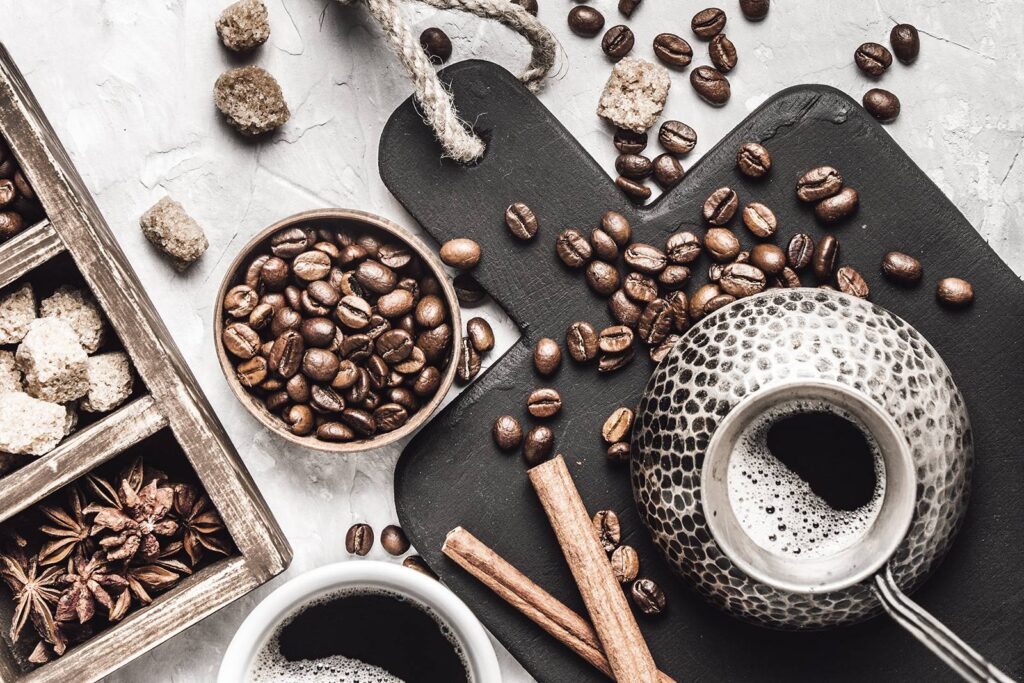
Important to know, that excessive consumption of coffee can lead to side effects. For example: trembling, palpitations and even sleep disorders. If you observe such effects without training, it is better to refrain from coffee.
Drinking coffee during sports
We hope that this knowledge will help you find the answer to questions about drinking coffee during sports. At a minimum, if you have good health and no illnesses, then you can enjoy your favorite drink both before and after training.
The finally conclusion is that the coffee has a dehydrating effect on the body, so it is water that is the best option for saturating water after a workout. Coffee boosts your metabolic rate so you burn more calories, and this can help your body burn fat rather than glucose for energy. Coffee also regulates blood sugar levels and helps improve insulin sensitivity.
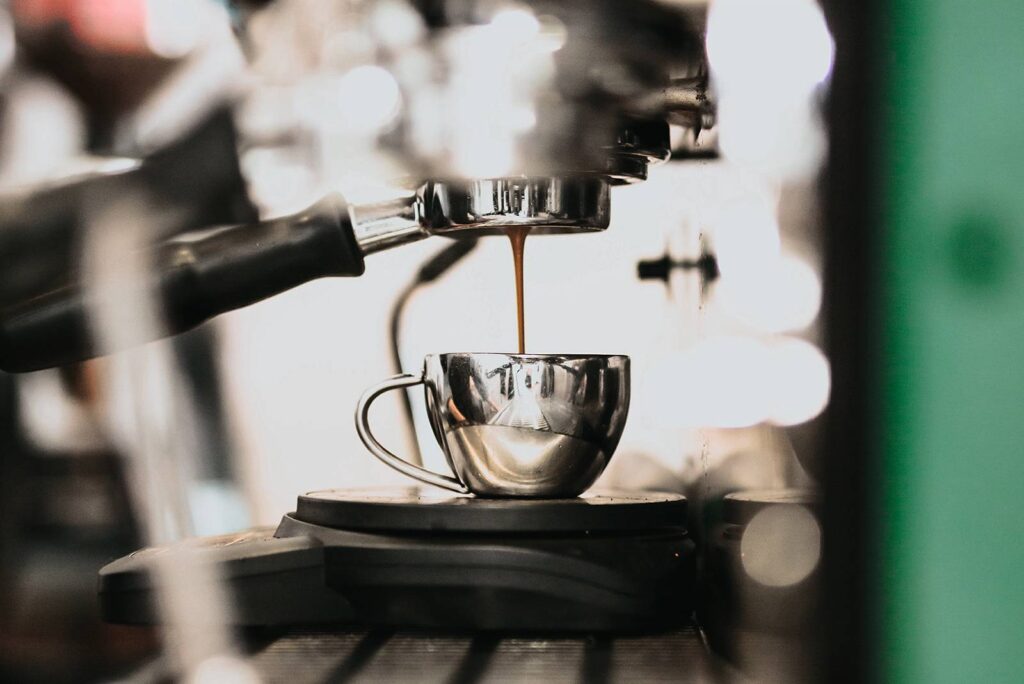
In addition, more recently, physiologists in the course of research have identified new opportunities for coffee drinks. It turns out that with the help of coffee you can develop muscle mass. Taking a small dose of caffeine can increase your workout by up to 44% and can reduce fatigue. The researchers also found that caffeine is extremely effective in the fight against muscle pain. Moreover, this alkaloid inhibits the possible development of heart disease and cancerous tumors.
